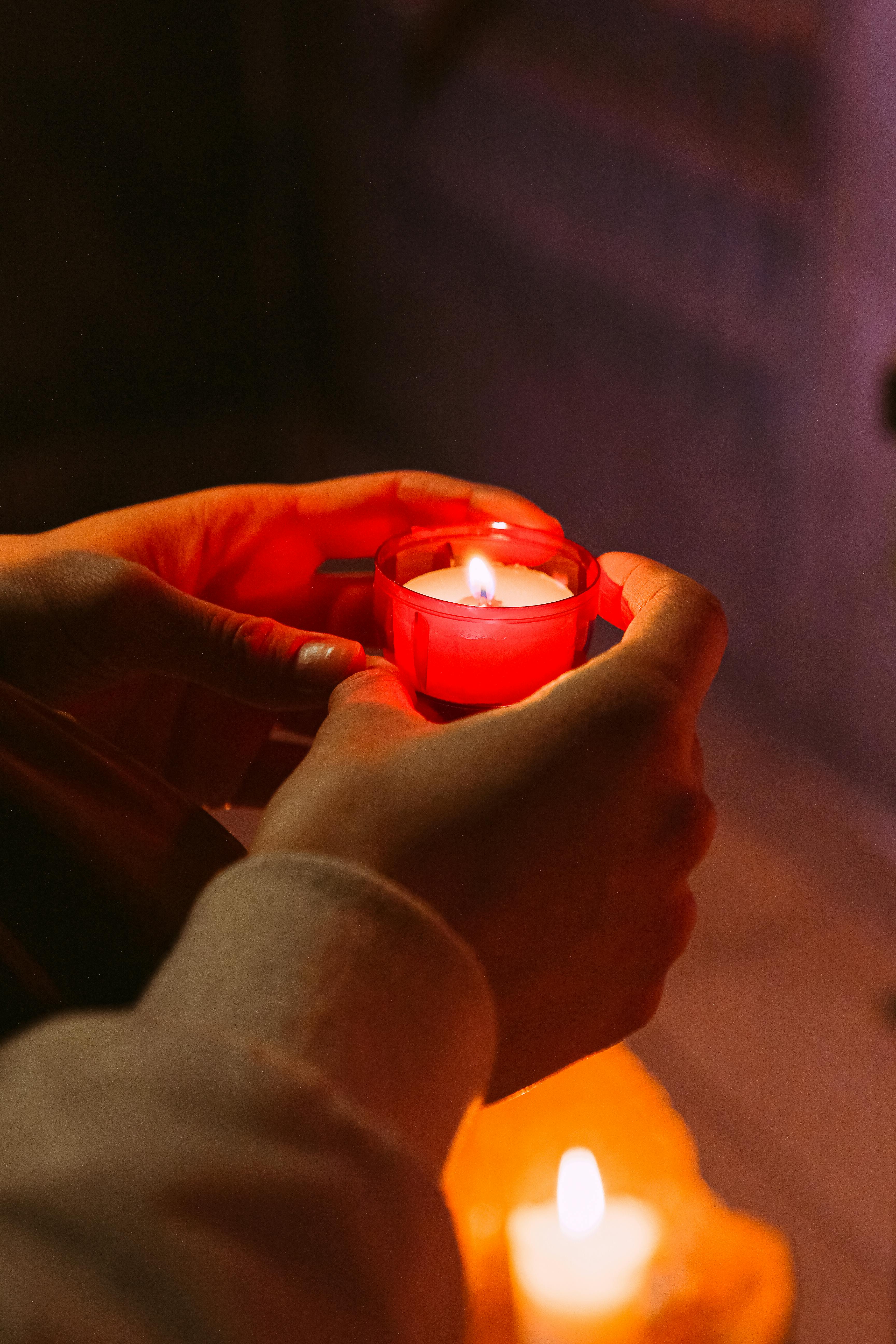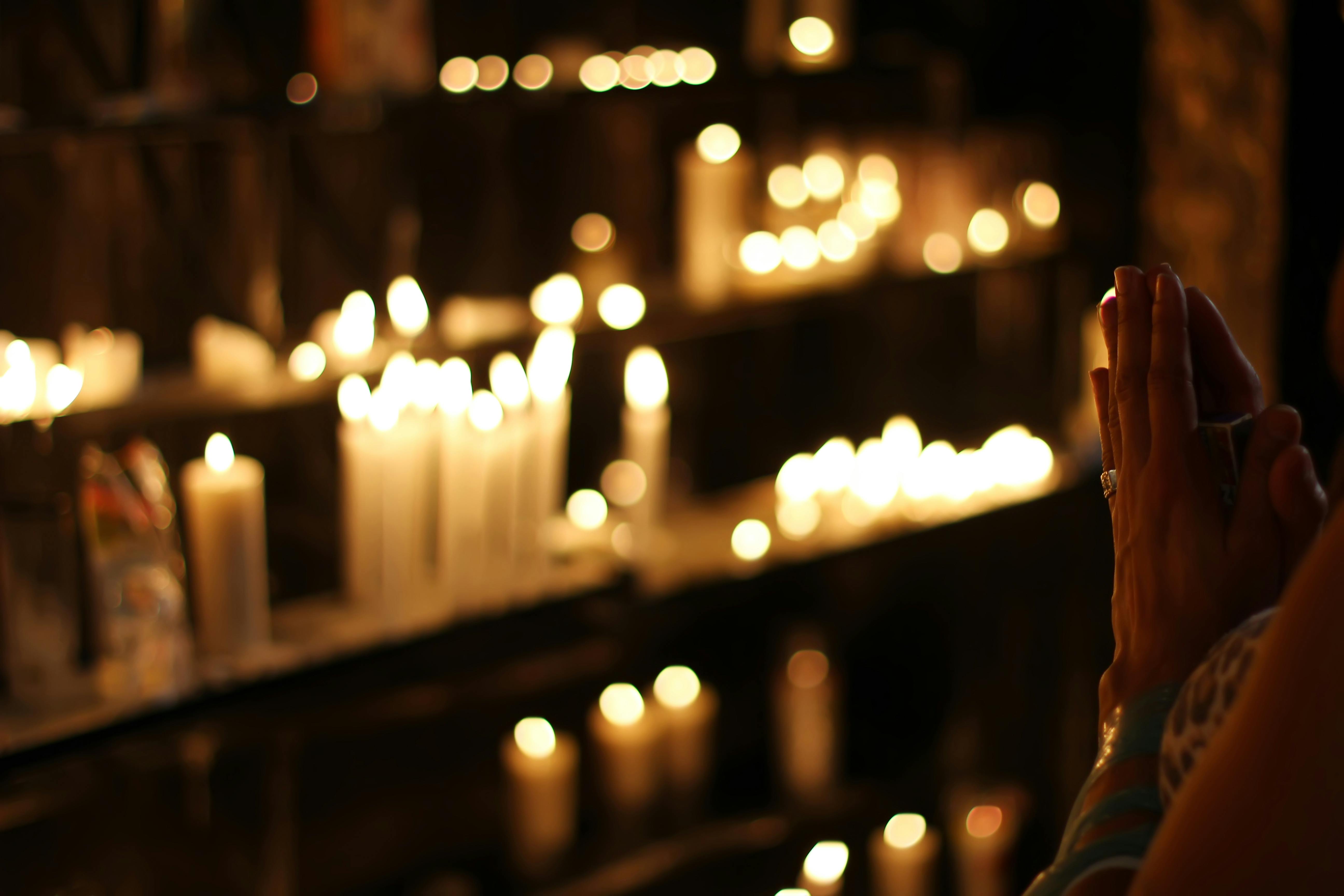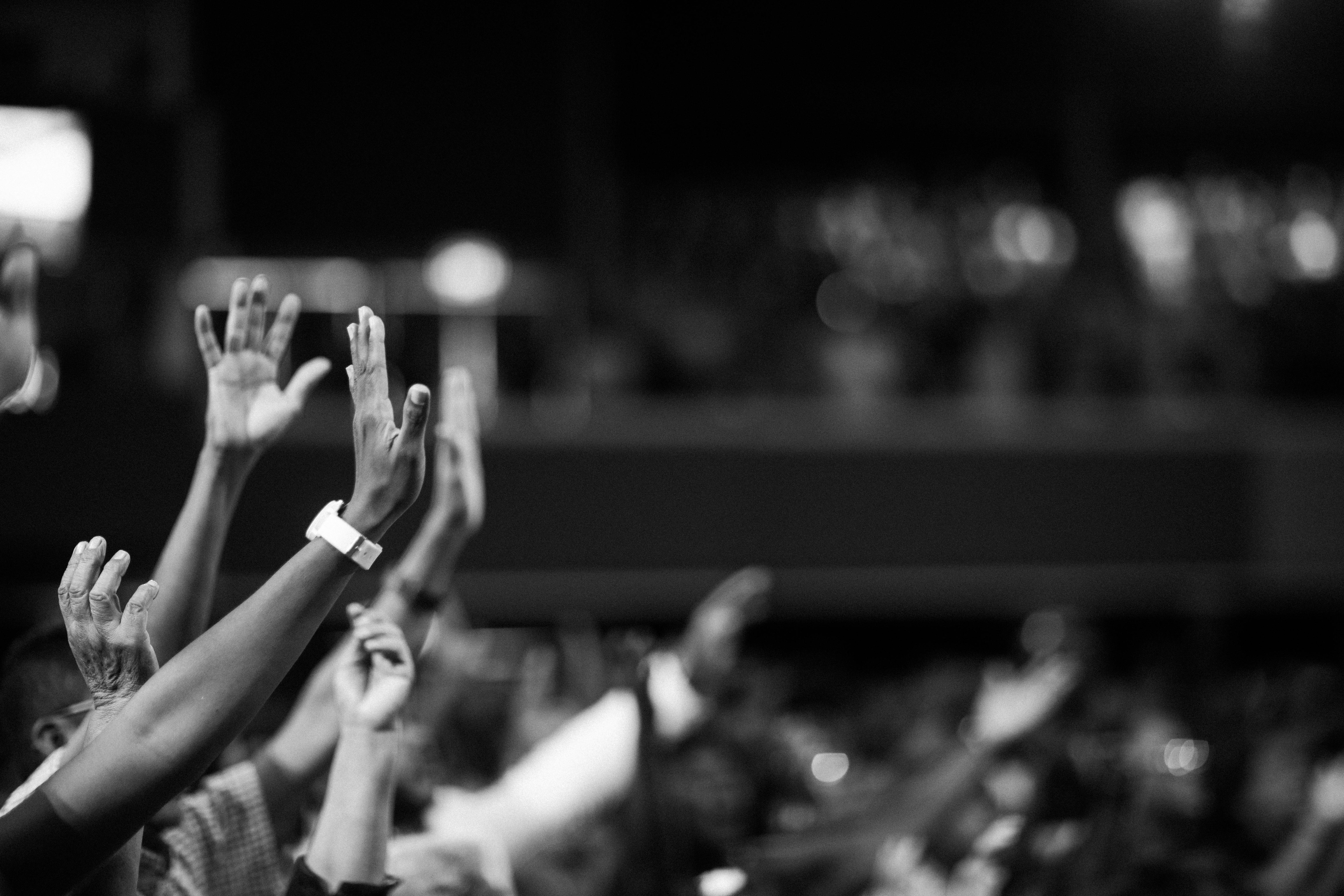Even The Soviet Gulag Couldn’t Keep The Gospel Down

Living in Russia at the end of the 1990s, a handful of years after the breakup of the Soviet Union, was both an eye-opening and heady experience for a young Christian historian like me. The archives had opened in many places, yet archivists struggled to manage the flood of declassified documents along with the increasing number of nosy Western PhD students who wanted access to them.
As a Christian growing up in the latter part of the Cold War, I was intrigued by the idea that one could speak openly about religious faith and even worship publicly without fear of repercussion in the formerly closed society. Many of us had viewed the Soviet Union as intractable in its denial of economic and religious freedom to the millions of citizens living behind the Iron Curtain. Post-Soviet research has shown, however, that in many areas this denial was far from monolithic. In the 20th-century Soviet Union, as in every age and place, human agency and the human spirit survived and asserted themselves in some of the least likely places.
In his recent book Finding God in the Gulag: A History of Christianity in the Soviet Penal System, Jeffrey Hardy, associate professor of history at Brigham Young University, takes a personal approach to history. One of his previous works, The Gulag After Stalin, tells a more official story of the Gulag’s transformation under Soviet premier Nikita Khrushchev. But Finding God delves into the personal hopes, dreams, and spiritual experiences of the prisoners who lived in the Gulag throughout most of the 20th century. These stories deserve a historical account of their own.
Personal Experience vs. Official Policy
One challenge Hardy faces is identifying an overarching theme that melds prisoners’ personal stories with the Soviet government’s official penal policies. Soviet policy existed in two spheres: official codes on paper and the implementation of those codes by inconsistent human beings. Such is history because humans are the main actors.
According to surviving documentation from 1918–19, inmate worship protocols were matters of improvisation and local initiative rather than predetermined policy. In the early days especially, Soviet officials allowed some leeway concerning whether inmates could worship, how often and if church property such as icons—especially that which remained in the case of a monastery turned prison camp—would be confiscated or left for prisoner use. Hardy tells us, “Given the lack of clear direction from central penal authorities . . . it is no surprise that religious life flourished in some Soviet prisons and concentration camps” (27).
Religious life? Flourish? In concentration camps? Those concepts seem contradictory. But there was often a contradiction between the personal and political in the Soviet Union. Even in the secret police’s showpiece concentration camp, known as Solovki, a sizable group of Orthodox monks and high-ranking clergymen forged a vibrant spiritual society. Though the camp was located in a monastery complex on the Solovetsky Islands in the White Sea, this religious experience wasn’t limited to former Russian Orthodox Church officials. Hardy points out that “Baptists were remarkably open about practicing and preaching their religious beliefs” there as well (56).
When the atheistic Stalin came to power in 1922, antireligious fervency increased, and the central government tried to crack down on religious practice and expression in the camps. But even as secular “reeducation” efforts increased and guards made a more unified attempt to limit the observance of holy days or secret prayer meetings among inmates, antireligious efforts in the Gulag continued to be surprisingly uneven.
As Hardy writes, “The amount of religious discussion, singing and worship during the height of Stalinist fervor is surprising. Even in the Gulag, arguably the most repressive place in the Soviet totalitarian system, faith in God persisted” (91). In this way, the Gulag represents a microcosm of Soviet society at large with its unrelenting friction between communist ideals and the real-life experience of Soviet citizens.
Lessons Learned from the Gulag
As a historian, I appreciated the book’s account of official Soviet penal policy. As a Christian, I was most inspired by the personal stories of believers Hardy included throughout the book. Three lessons stood out.
The Gulag represents a microcosm of Soviet society at large with its unrelenting friction between communist ideals and the real-life experience of Soviet citizens.
First, the Lord gives amazing grace to persecuted believers to help them withstand severe trials. We see God’s provision of grace in one group of “old True Orthodox women” who were often punished for secretly reading Scripture, praying together, singing hymns, and refusing to work on holy days. Other prisoners were amazed that even after the believers spent time in penalty isolation with less food than usual and being forced to stand for hours barefoot in icy cold water, their spirits never broke. One observed, “When I recall such spiritual giants . . . I am reminded of the words of the gospel, ‘If God is for us, who can be against us?’” (184).
Second, I was encouraged not to take fellowship with other believers for granted. The imprisoned Christians cherished each other in their seemingly desolate context. Are you tempted to stream the Sunday service when you could attend in person? Do you want to skip home group because it’s inconvenient? Let the stories of prisoners who found joy beyond words in discovering just one or two coreligionists in their camp renew your commitment to meet regularly with fellow believers.
Third, we should never rush to judge those going through severe trials, thinking we’d hold firm where they falter. Not all faith stayed strong in the camps. Some of the religious sadly lost their faith amid the cruel sufferings and deprivations.
The imprisoned Christians cherished each other in their seemingly desolate context.
According to one observer Hardy interviewed, two Polish priests ended up in the same Siberian labor camp. One was kind and gained a reputation even among the guards for bringing hope and encouragement. The other quickly abandoned his beliefs and began selling the pages of a Bible he’d smuggled all the way to Siberia to fellow prisoners for rolling cigarettes. The observer cautions that “human beings have to feel the cold and suffer the pain of hunger before they know how they will conduct themselves under such circumstances” (133).
Monuments and burial sites throughout the former Soviet Union serve as tributes to the millions who suffered and died in the Gulag. They keep alive the memory of countless imprisoned Christians the Soviets tried to erase. Finding God in the Gulag reminds us that by learning the stories of these persecuted Christians, we learn about ourselves as well.


